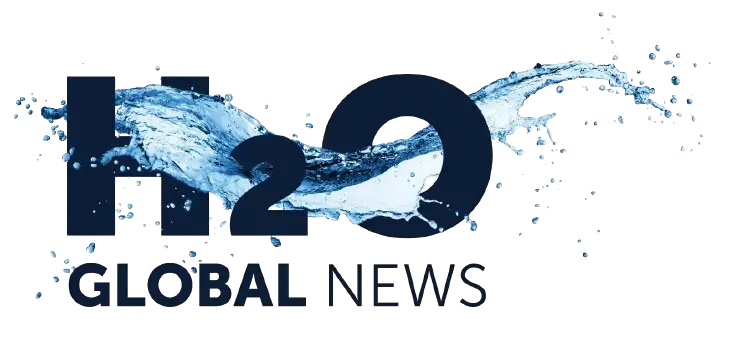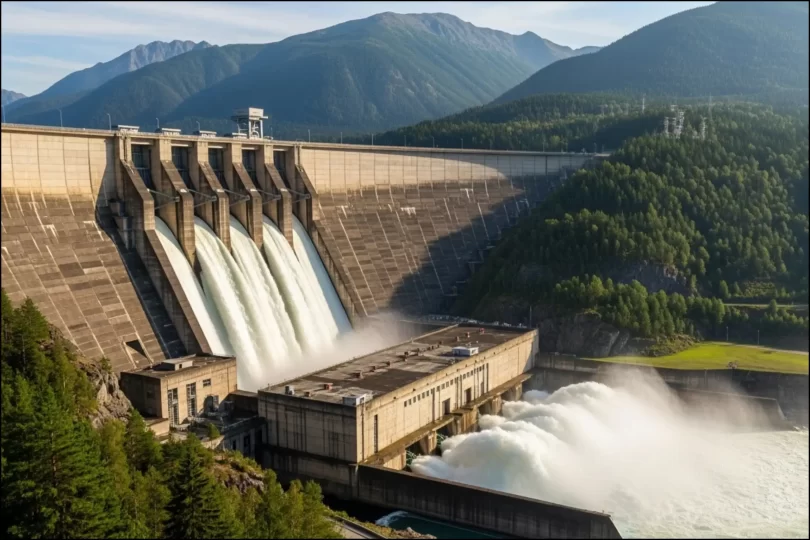Hydropower is one of the oldest methods of harnessing energy, with roots stretching back thousands of years. Today, it accounts for more electricity generation worldwide than any other renewable source. But the central question remains: is hydropower a renewable energy source, or is it only partially sustainable?
This article breaks down how hydropower works, why it’s considered renewable, and the challenges it faces in a world striving for sustainable energy solutions.
What is Hydropower?
Hydropower, also called hydropower energy or hydroelectric renewable energy, generates electricity by using moving water to spin turbines connected to generators, making it one of the cleanest ways of how electricity is generated.
There are three main types:
- Reservoir (dam-based) hydropower stores water in a dam and releases it when power is needed. Some of the world’s biggest energy projects are built this way — explore the largest reservoirs and dams in the world to see the scale of these structures.
- Run-of-river hydropower uses natural river flow with little or no storage.
- Pumped-storage hydropower stores excess energy by pumping water uphill and releasing it later, working as a large “battery.”
Globally, capacity from hydropower as a renewable energy source exceeds 1,300 gigawatts, producing over 16% of the world’s electricity making hydro renewable energy a backbone of clean power systems.
What Makes Energy Renewable?
Renewable energy comes from natural processes that are continuously replenished such as sunlight, wind, and the Earth’s water cycle.
For an energy source to be renewable, it must:
- Not deplete a finite resource.
- Be naturally replenished over time.
- Offer long-term availability.
By this definition, hydropower renewable energy clearly qualifies, since it depends on the water cycle, a system powered by precipitation, evaporation, and gravity
Why Hydropower is Considered Renewable
Hydropower ticks the key boxes of renewability:
- Naturally replenished: Water evaporates, forms clouds, and returns as rainfall fueling rivers again.
- Low carbon footprint: Once built, hydropower plants emit far fewer greenhouse gases than fossil fuels.
- Reliable & flexible: Unlike wind and solar, hydropower can provide steady baseload power and quickly respond to demand surges.
- Energy storage: Pumped-storage facilities make hydropower a critical partner for balancing intermittent renewables like wind and solar.
The Challenges: Environmental and Social Costs
While renewable, hydropower isn’t impact-free. Key concerns include:
- Ecosystem disruption: Dams block fish migration, alter natural river flow, and reduce sediment transport.
- Greenhouse gas emissions: Reservoirs in warm climates can emit methane as vegetation decomposes underwater.
- Human displacement: Large hydropower projects have historically forced communities to relocate and submerged cultural heritage sites.
- Land and biodiversity loss: Flooded areas can permanently alter landscapes and habitats.
These challenges raise the debate: renewable does not always equal sustainable. Explore hydropower pros and cons in detail here.
Renewable vs. Sustainable: The Debate
Hydropower is renewable by definition, but its sustainability depends on scale and design.
- Large dams provide massive power but carry heavier social and ecological risks.
Small-scale or run-of-river projects often offer cleaner solutions with lower disruption. - Modern technology like fish-friendly turbines and smarter water flow management can reduce negative impacts.
The future of hydropower hinges on balancing energy needs with environmental protection and community well-being.
The Future of Hydropower
Hydropower remains vital to the global clean energy transition, but it must evolve.
- Grid stability: As wind and solar expand, hydropower’s storage and flexibility will be crucial.
- Global expansion: Growth is slowing in regions like Europe but accelerating in Africa and Asia, where untapped potential remains.
- Innovation: Next-gen turbines, digital monitoring, and hybrid systems promise more efficient and eco-friendly designs.
- Policy shift: Governments and energy agencies increasingly require hydropower projects to meet strict environmental and social standards.
Conclusion
Hydropower is a renewable energy source that provides reliable, low-carbon electricity. While it is renewable, sustainability depends on careful planning and eco-friendly designs to minimize environmental and social impacts.
FAQs
1. Can hydropower support other renewable energy sources?
Absolutely. Pumped-storage hydropower can store excess electricity and provide grid stability, helping to balance intermittent sources like solar and wind.
2. Why is hydropower considered low carbon?
Once operational, hydropower plants emit far fewer greenhouse gases compared to fossil fuel plants, making them a cleaner alternative for electricity generation.
3. What is the global contribution of hydropower?
Hydropower contributes over 16% of global electricity generation and remains the largest renewable energy source in terms of installed capacity.
4. How does climate change affect hydropower?
Changes in rainfall patterns, river flow, and droughts can affect hydropower generation, highlighting the need for adaptive planning.
5. How does hydropower help in reducing carbon emissions?
By replacing electricity generation from coal, oil, or natural gas, hydropower reduces greenhouse gas emissions and helps combat climate change.









